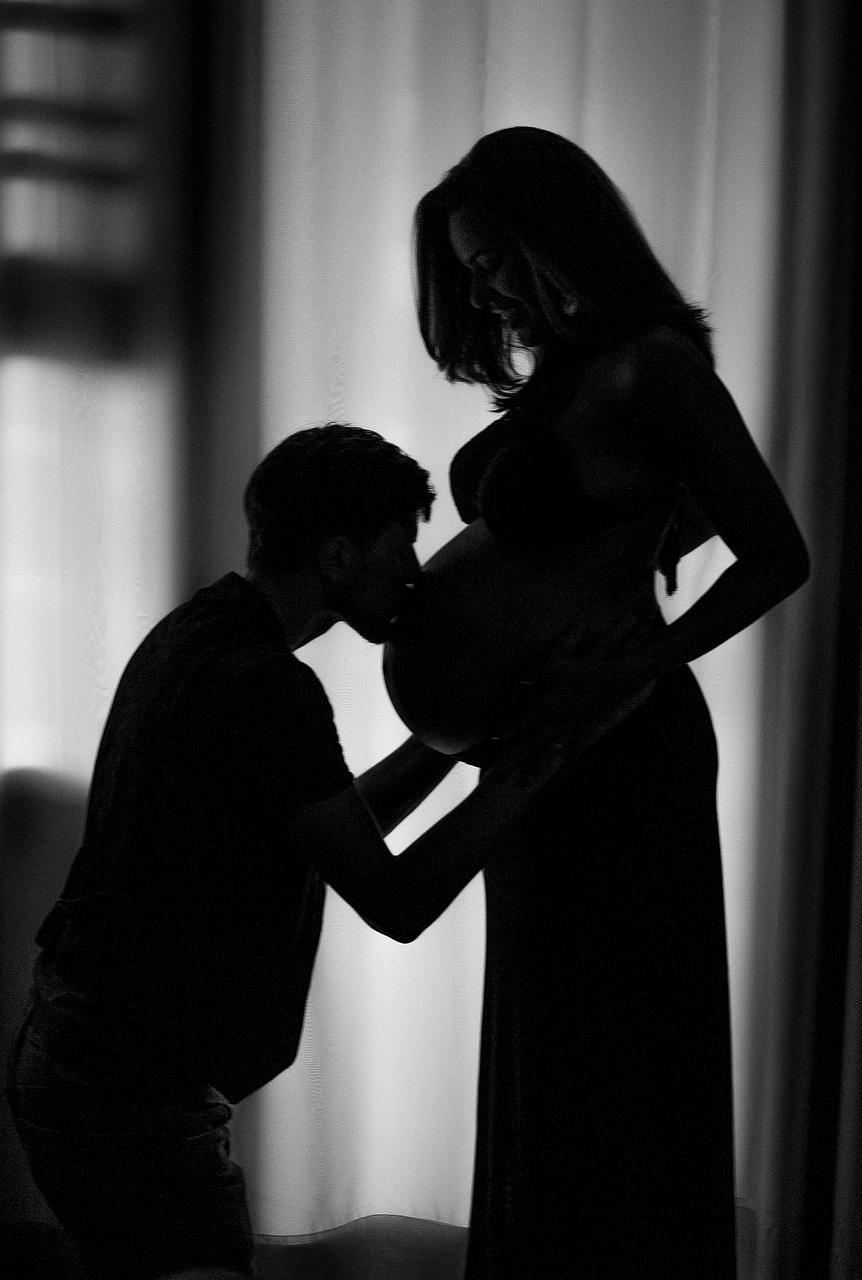When contemplating the possibility of getting pregnant while using the Mirena intrauterine device (IUD), it is essential to understand the statistical probabilities associated with this form of birth control. Mirena, like other IUDs, is highly effective in preventing pregnancy, with a failure rate of less than 1% per year. This means that the vast majority of individuals using Mirena will not become pregnant while it is in place.
Mechanism of Action
Mirena works primarily by releasing a hormone called levonorgestrel, which thickens cervical mucus, inhibits sperm movement, and thins the lining of the uterus. These actions collectively create an environment that is typically not conducive to fertilization and implantation of an egg. Furthermore, Mirena has been shown to reduce menstrual bleeding and cramping in many individuals.
Possible Factors Leading to Pregnancy
Despite its high efficacy, there are rare instances where individuals using Mirena may still become pregnant. One reason could be incorrect placement of the device during insertion, which may compromise its ability to prevent pregnancy. Additionally, if the device becomes dislodged or expelled from the uterus without the individual realizing it, the risk of pregnancy may increase.
Symptoms of Pregnancy with Mirena
If someone using Mirena does become pregnant, they may experience symptoms such as a missed period, breast tenderness, nausea, fatigue, and frequent urination. In such cases, it is crucial to consult a healthcare provider for proper evaluation and guidance.
Challenges in Identifying Pregnancy
One challenge with Mirena is that it can sometimes lead to irregular menstrual bleeding patterns or even stop menstruation altogether in some individuals. This can make it difficult to detect a pregnancy based on changes in typical menstrual cycles alone.
Management of Pregnancy with Mirena
If pregnancy is confirmed while using Mirena, it is essential to seek immediate medical advice. In some cases, the presence of the device during pregnancy can increase the risk of complications such as miscarriage or ectopic pregnancy, where the fertilized egg implants outside the uterus.
Prevention of Unintended Pregnancy
To reduce the likelihood of unintended pregnancy while using Mirena, individuals should ensure regular check-ups with their healthcare provider to verify the correct placement of the device. Being mindful of any changes in menstrual patterns or potential pregnancy symptoms is also crucial for early detection.
Considerations Before Choosing Mirena
Before opting for Mirena as a contraceptive method, individuals should discuss their medical history, expectations, and any concerns with their healthcare provider. Understanding the benefits, possible side effects, and risks associated with Mirena can help in making an informed decision.
Alternatives to Mirena
For those who are apprehensive about using Mirena or have specific contraindications, there are alternative birth control options available. These may include barrier methods, hormonal contraceptives, non-hormonal IUDs, or permanent sterilization procedures.
Conclusion
While it is rare for individuals to get pregnant while using Mirena, it is not entirely impossible. Understanding the mechanisms of action, possible factors leading to pregnancy, symptoms to watch out for, and appropriate steps to take in the event of pregnancy can help individuals make informed choices regarding their contraceptive needs.

